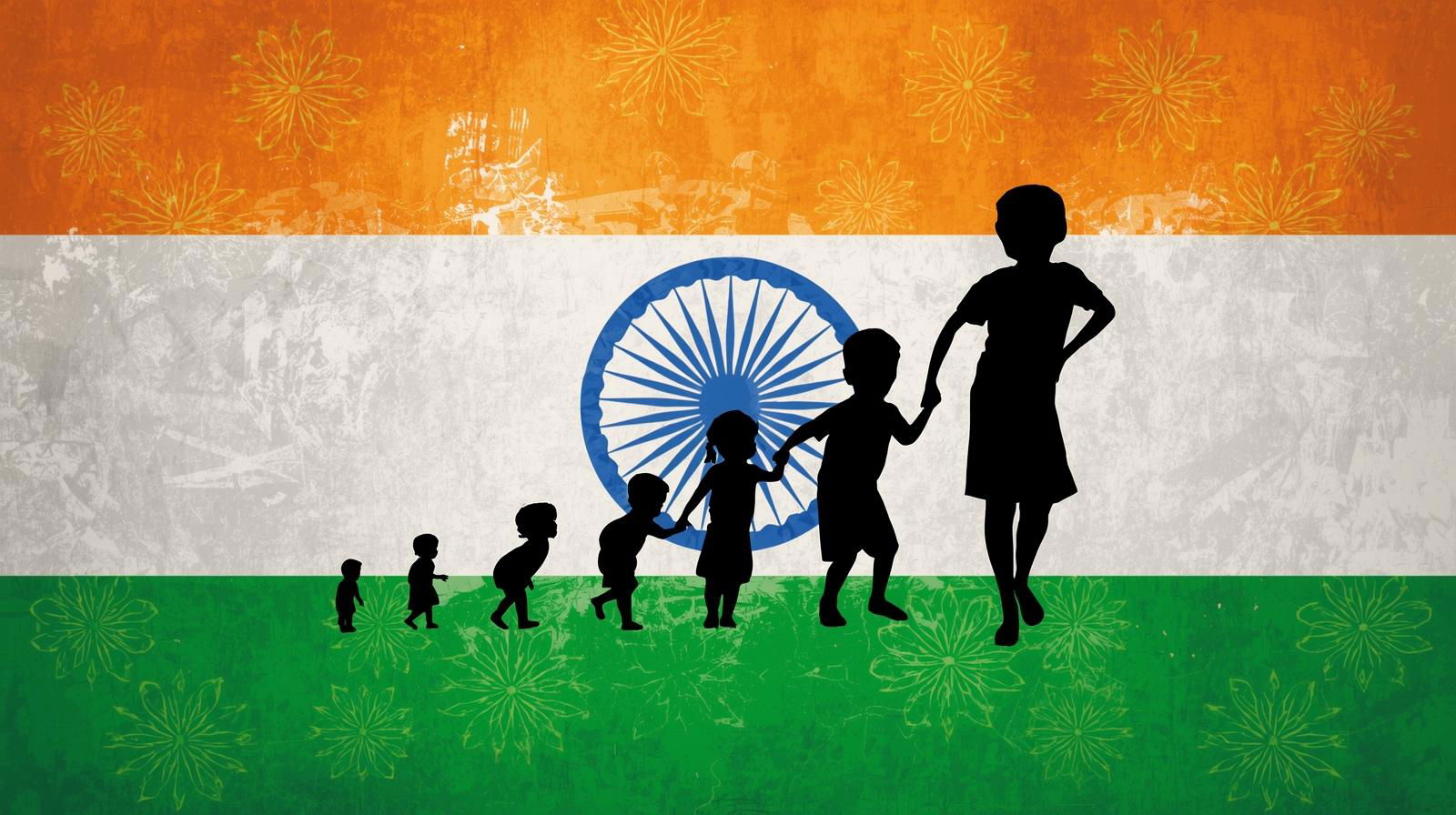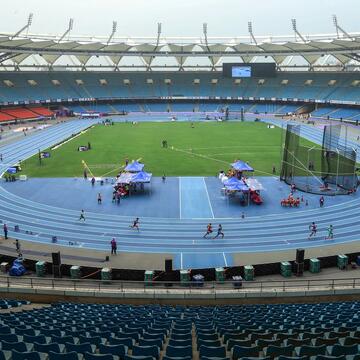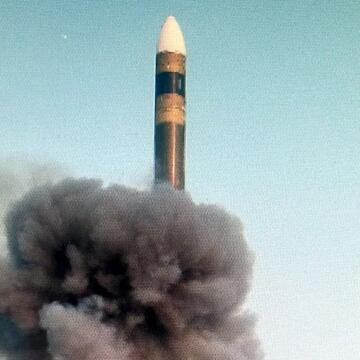September 4, Thursday: India has reached a major milestone in public health with the IMR of the nation falling to a record-low of 25 per 1,000 live births in 2023, as per the Sample Registration System (SRS) report released by the Registrar General of India. It is a steep 37.5% drop from 40 in 2013 and a staggering 80% fall from 129 in 1971.
IMR, being a vital child health and healthcare access indicator, is the child death rate per 1,000 live births. Though the national average is 25, huge differences still exist between states. Madhya Pradesh, Chhattisgarh, and Uttar Pradesh had the highest IMR of 37, whereas Manipur had the lowest IMR of merely 3. Of the bigger states, Kerala was unique in having an IMR of merely a single digit, i.e., 5, second only to Manipur.
The report points out that rural as well as urban regions have seen improvements. IMR in rural areas has fallen from 44 to 28, and in urban areas from 27 to 18 - a 36% and 33% decadal fall, respectively.
Along with IMR, the report records some positive trends in the birth and death rates. India's birth rate has decreased almost by half in half a century, from 36.9 in 1971 to 18.4 in 2023. It decreased by almost 14% in the last ten years alone, with urban areas seeing a drop from 17.3 to 14.9 and rural areas from 22.9 to 20.3. The Andaman and Nicobar Islands had the lowest birth rate (10.1), while Bihar had the highest (25.8).
Additionally, the mortality rate has been gradually declining, falling from 14.9 in 1971 to 6.4 in 2023. Chandigarh had the lowest mortality rate, at 4, while Chhattisgarh had the highest, at 8.3.
The SRS 2023 results show the country's impressive improvement in maternal and child health, demographic transition, and general health infrastructure, although states with persistently high fertility and death rates continue to face difficulties.










